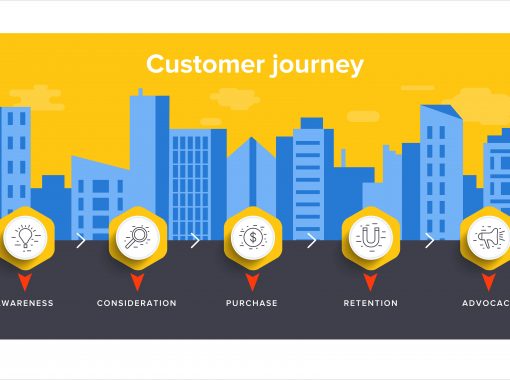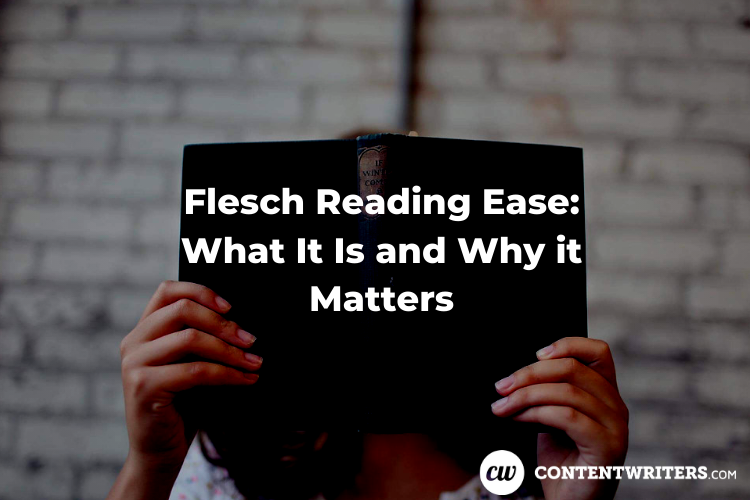
Flesch Reading Ease: What It Is and Why it Matters
When people come to me for writing help, “stuffiness” is one of the most common complaints. “My writing sounds boring,” people tell me. “I feel like it drones on and on.”
More often than not, they’re really talking about readability. If people have to slow down to read your writing, it can seem boring. Writing that’s hard to read is also harder to understand. However, there’s good news! There’s a simple tool to make your writing more readable: the Flesch reading ease test.
What Is Flesch Reading Ease?
For the last 100 years, the literacy rate in the USA has been just shy of 100%. This means that almost every adult and teenager knows how to read and write. However, not everyone can understand 100% of written material — and it’s not because they can’t read.
Dr. Rudolf Flesch noticed that some language (especially legal language) seems “designed to make reading as difficult as possible.” The sentences are long, the words are arcane, and simple things look complicated. Flesch wanted to show this concretely. So, by studying all kinds of writing, he developed a formula to determine readability.
Today, Flesch’s method remains the most popular way to determine readability. J. Peter Kincaid added a grade-level calculation to Flesch’s formula. That’s why you might also see it called the Flesch-Kincaid score.
How It Works
Your Flesch readability score is calculated based on two numbers:
- Number of words per sentence
- Number of syllables per word
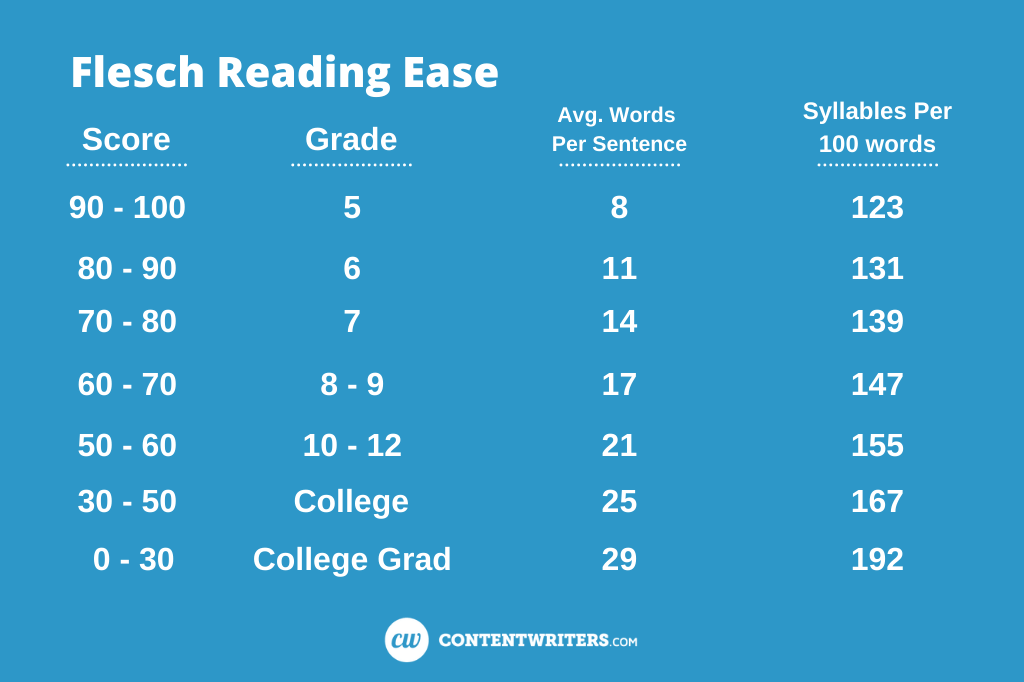
The core idea is that longer sentences and longer words are harder to read. So, the test “punishes” you for using them.
A short sentence with short words gets a higher score. For example, “the cat sat on the mat” scores 116.
On the contrary, a long sentence packed with difficult words will get a lower score. For example, “the Australian platypus is seemingly a hybrid of a mammal and reptilian creature” has a score of 37.5.
This article has a score of around 70, which is comfortable for most adults.
But wait — sometimes you truly can’t avoid long words! No sweat. The formula is flexible enough that you can compensate for that by keeping your sentences short. As Paul Graham puts it, “You don’t need complex sentences to express complex ideas.”
Why You Should Care
When I talk to some writers about readability, they can get prickly. I think this is natural — as a writer, you don’t want to feel like you’re dumbing yourself down. But being more readable isn’t the same as dumbing yourself down. For example, there are millions of smart people who read English as a second language, right? Flesch helps you write in a way that’s friendly to them.
Flesch Reading Ease for SEO
The effect of readability on SEO might not be obvious at first blush. The leading SEO tool Yoast incorporates Flesch reading ease for two reasons.
The first is Yoast’s theory of holistic SEO, which suggests that better user experience is good for search engine rankings. When it comes to text, the idea is that if people can read your content easily, they’ll read more of it. They’ll spend more time on the page, and they’ll keep coming back. That makes sense to me, and I appreciate that it’s about humans, not algorithms.
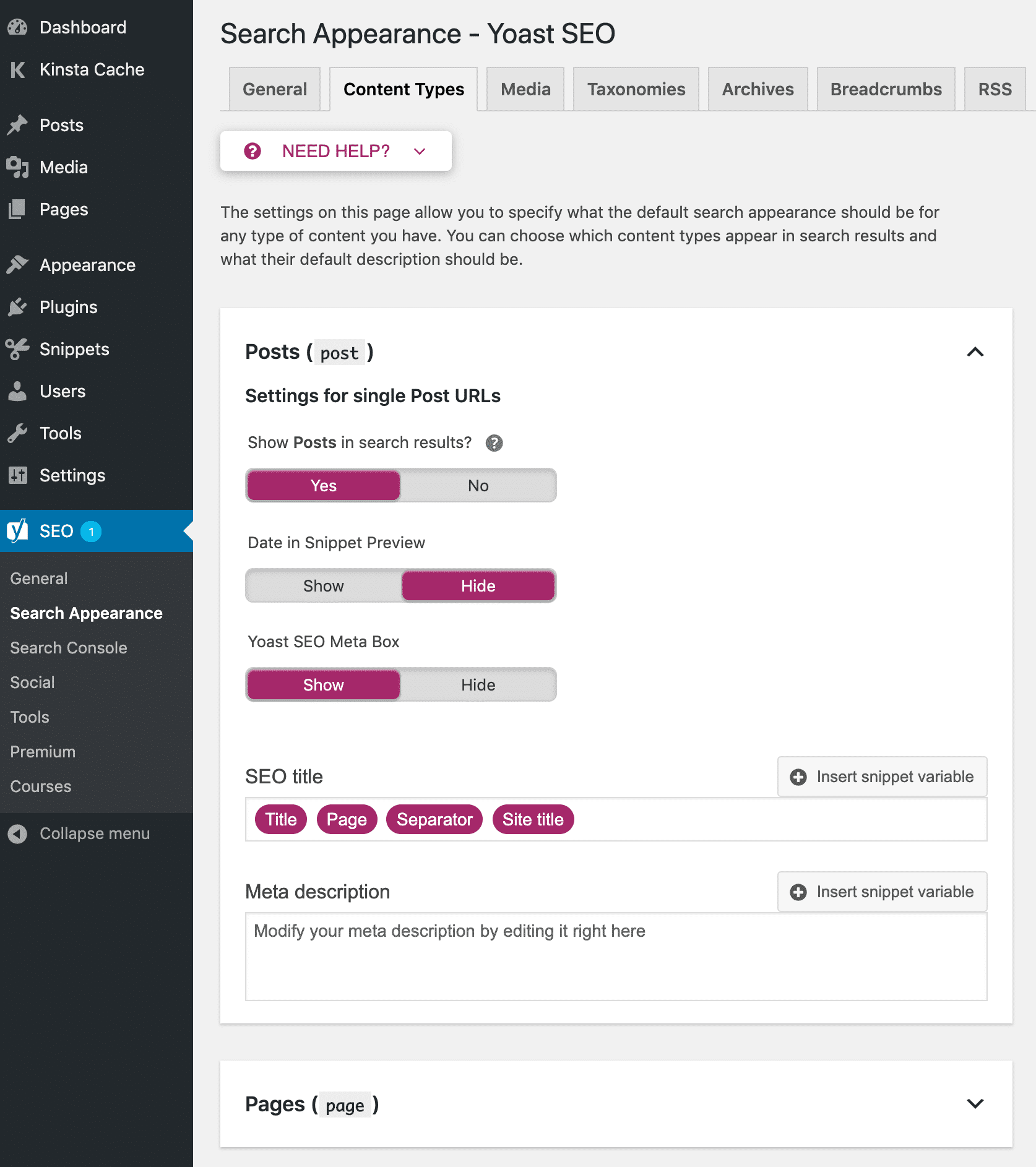
The second reason Yoast applies the Flesch test boils down to future-proofing. As they put it on their site: “With Google’s algorithm becoming more human-like, and rise of voice search, reading ease and readability are only going to become more important in terms of ranking.”
Essentially, the Yoast team thinks readability will be a bigger part of search engines’ algorithms soon. So, they’re encouraging their users to plan for that.
Flesch Reading Ease in the “Real” World
While this SEO stuff might seem abstract, there are also concrete, real-life applications of Flesch reading ease. For example, lawmakers have set minimum readability scores for certain industries. New York State requires all insurance documents to meet a minimum Flesch readability score of 45. A similar statute is also on the books in Florida. This means that professionals in both the public and private sectors need to know about Flesch reading ease.
Personally, I think of reading ease as a tool for making sure I’m understood. If Ernest Hemingway got his point across by writing at a fourth-grade level, then maybe I don’t need to use long words. Maybe I’ll communicate better by writing simply.
How to Quickly Test for Flesch Reading Ease
There are two online tools that I find helpful.
The first is Readability Formulas, which scores your document based on eight different readability formulas, including Flesch. It gives you a score for each formula individually and also as an average. It also gives you statistics and will show you a list of “hard” words in your document.
The second tool is Online-Utility.org. This one will give you a Flesch score along with your average number of words per sentence, syllables per word, and a list of sentences to consider changing. Just note that if you don’t have periods after bullet points or headings, this tool will interpret the text as one long sentence.
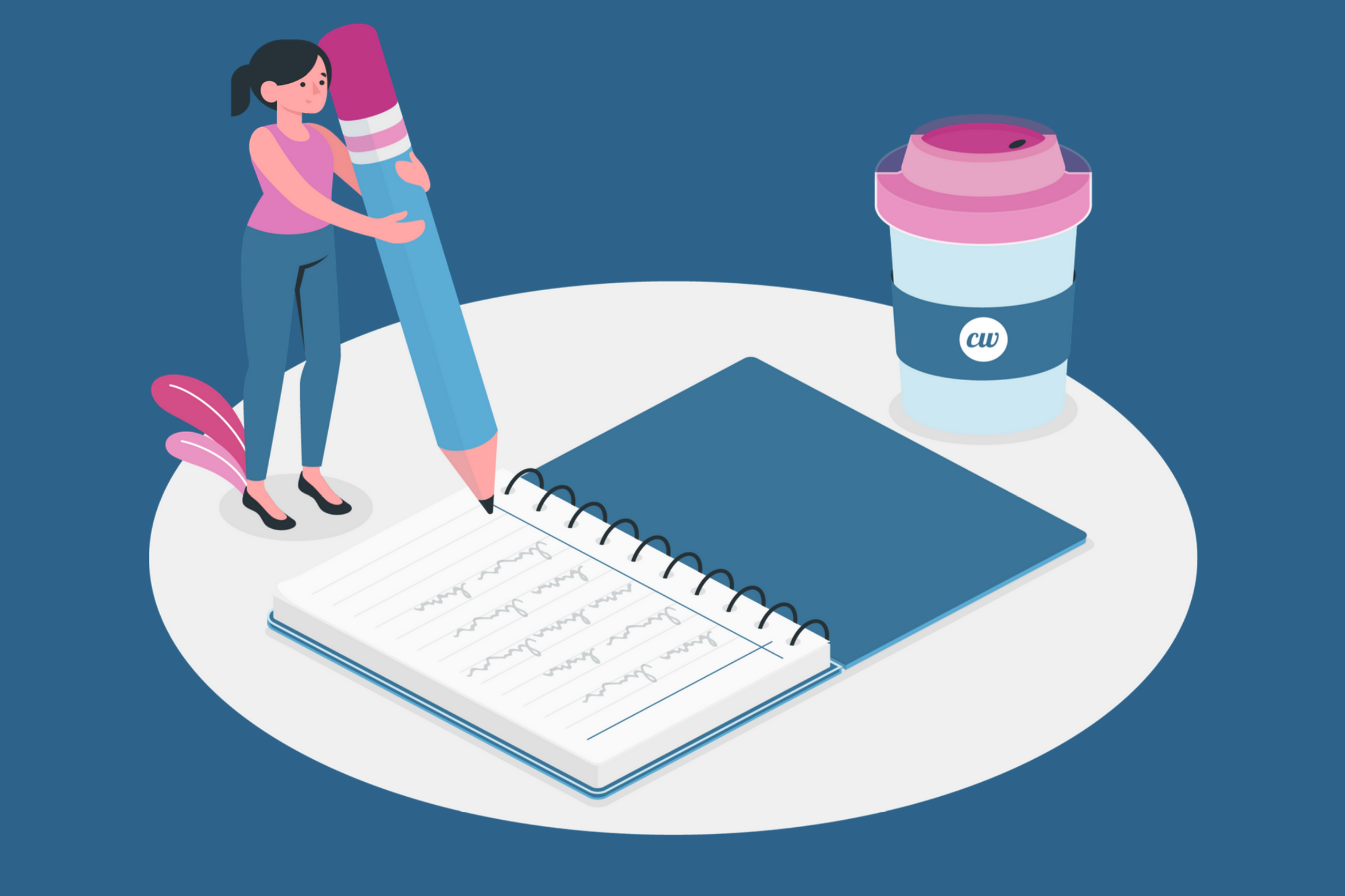
How to Edit for Reading Ease
So, you’ve drunk the Flesch-Kincaid Kool-Aid, and you’re ready to make your article more readable. Awesome! Here’s how I do this with minimal pain.
First, just write.
On your first draft, try not to get too caught up on readability. It’s good to aim for simple sentences, sure — but if you’re policing yourself, writing will be harder than it needs to be. Start by writing down what you want to say.
Next, target long words.
Long words are easy to spot on the screen. They’re also easy to replace or remove. For example, only a few sentences ago, I wrote this sentence:
“It’s good to aim for simple sentences, sure—but if you’re policing yourself, writing will be harder than it needs to be.”
What you didn’t know when you read that sentence is that it started out like this:
“It’s good to aim for simple sentences, sure—however, if you’re constantly policing yourself, writing will be more difficult than it needs to be.”
The bolded words are the ones I removed or replaced. This simple change brought the readability score up from 42 to 58. All I did was target the long words!
Finally, shorten your sentences.
Targeting long words will help shorten your sentences. But if your score is still too low after you’ve cut the long words, it’s time to shorten sentences. For example, I shortened the first sentence of this paragraph, which started out as, “Targeting long words will go a long way toward shortening your sentences.”
There are many different ways to shorten sentences. You can try breaking a long sentence into two shorter ones. You can also try using the active voice more often. Another approach is replacing phrases with single words — for example, you can replace a phrase like “in addition to that” with “also.” With a little practice, you’ll find what works for you.
Readability Takes Time — But It’s Worth It
Like any other skill, learning to make your writing more readable takes time. It helps to acknowledge that. Be patient with yourself as you prune and revise. Sometimes, you might even want to put your article down and pick it back up in a few hours or a couple of days later.
The Flesch reading ease test isn’t flawless, but it’s a good compass. If you practice with it, your writing will get easier and more pleasant for people to read. Give it a try!
Ellen F. has eight years of experience writing and editing B2B and B2C content for a range of industries, including medicine, education, digital marketing, law, sports/outdoors, and management consulting. She has a particular knack for captivating SMB business owners with B2B content and marketing copy.



